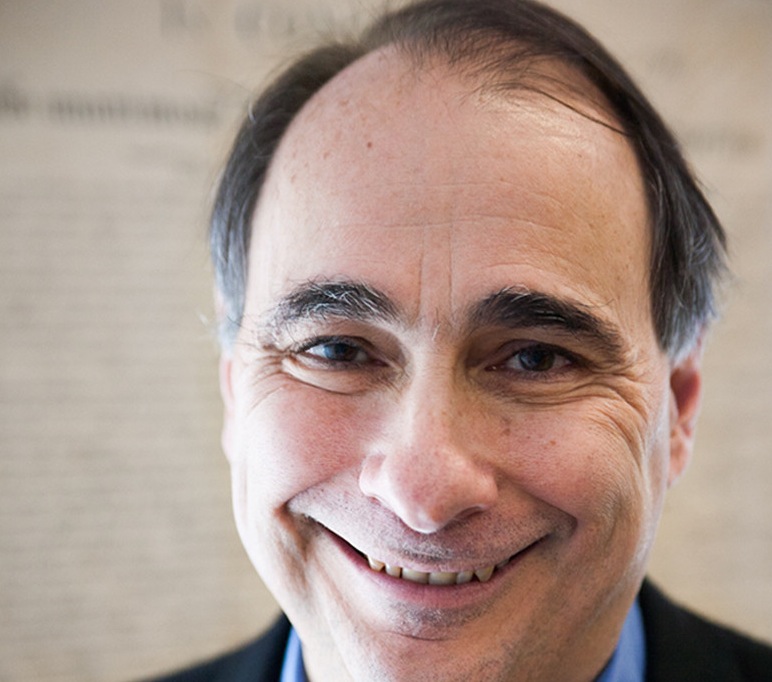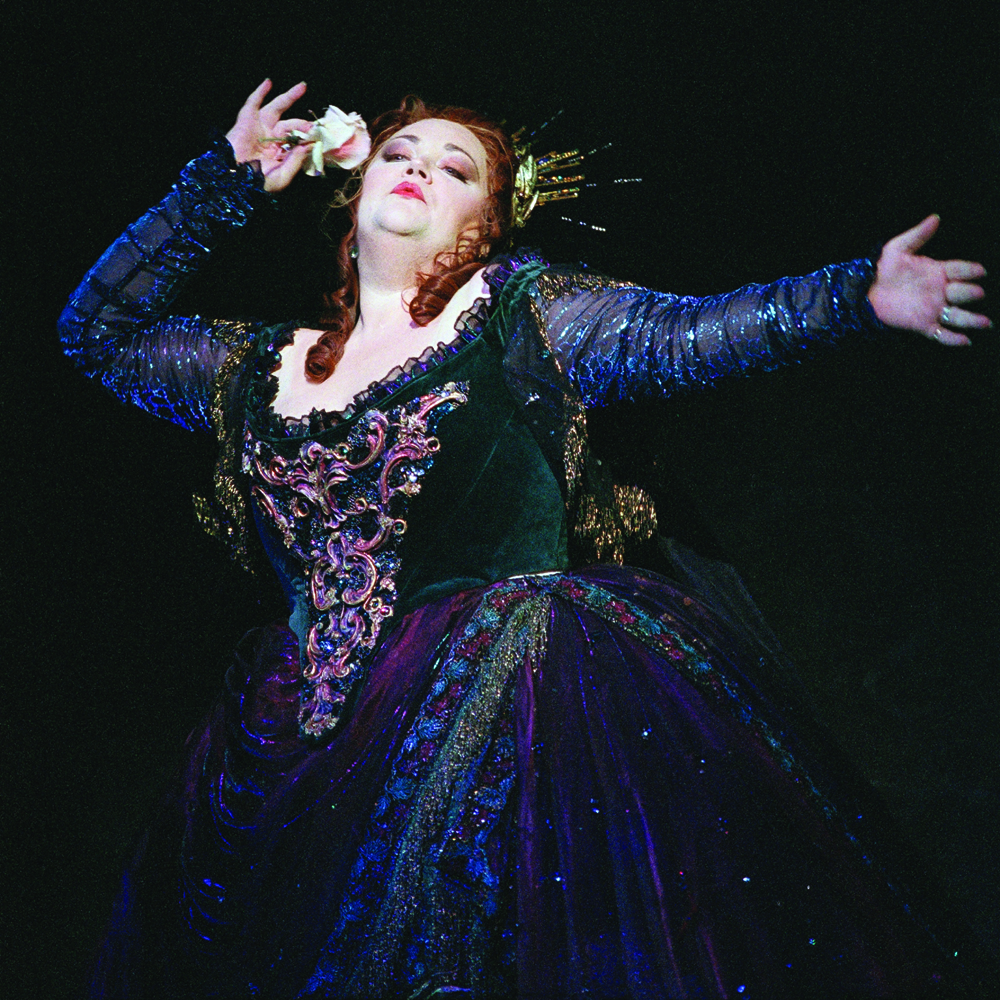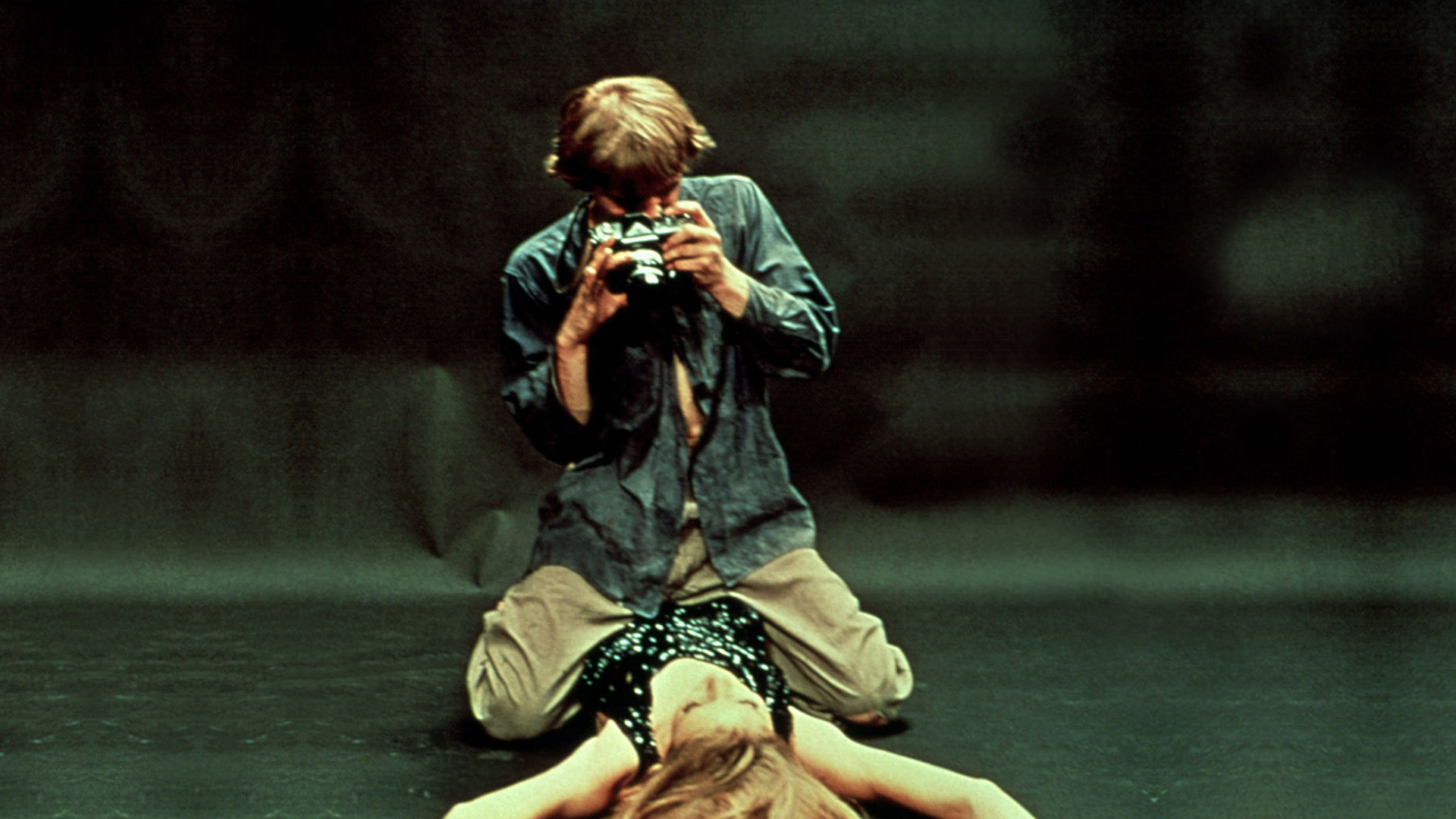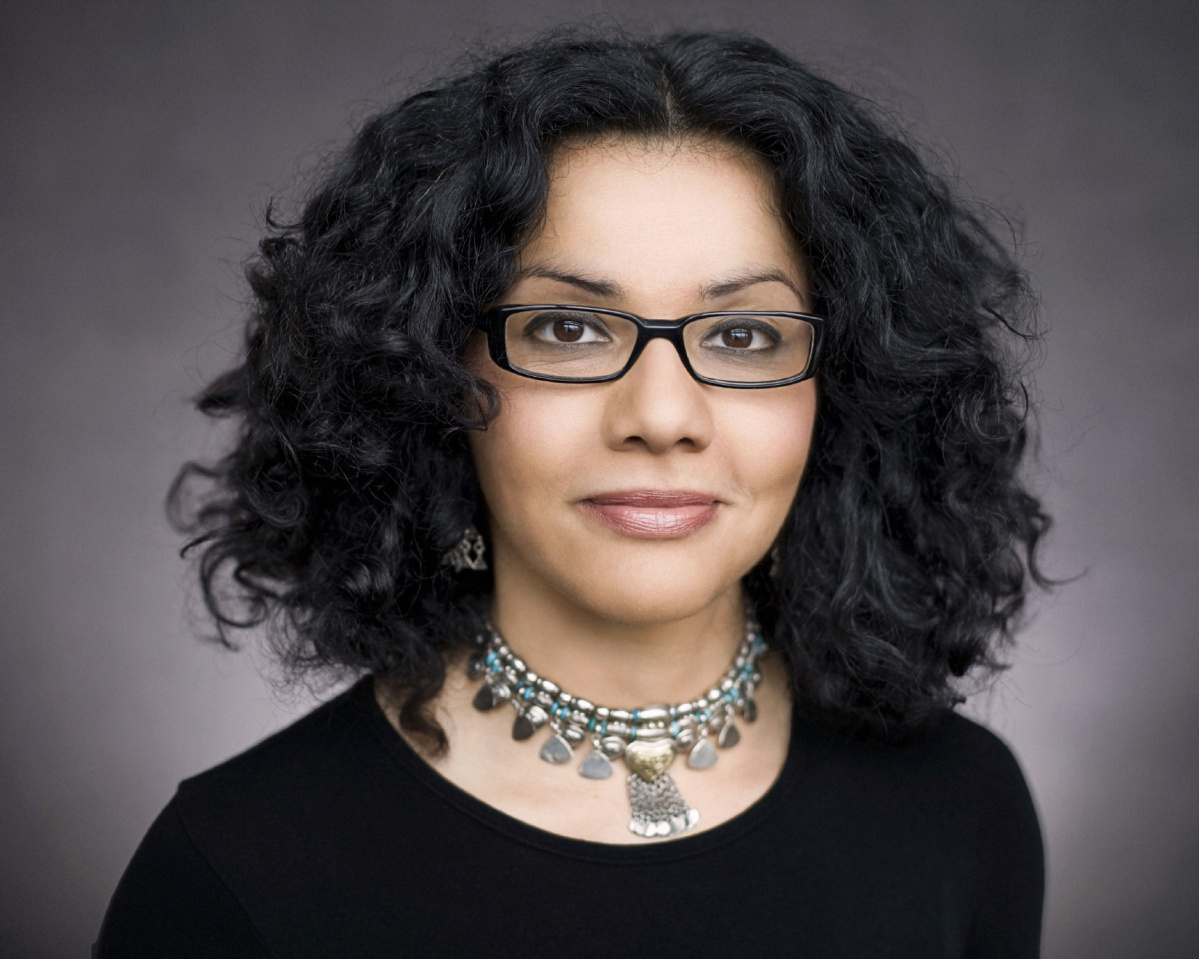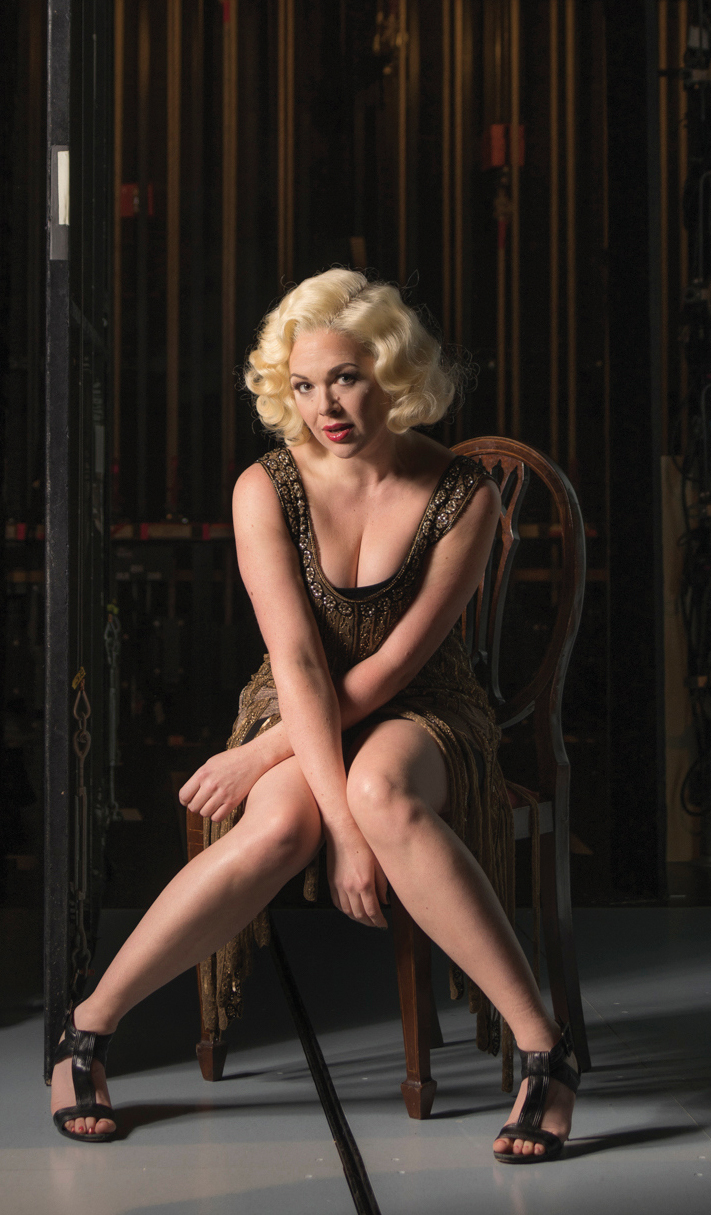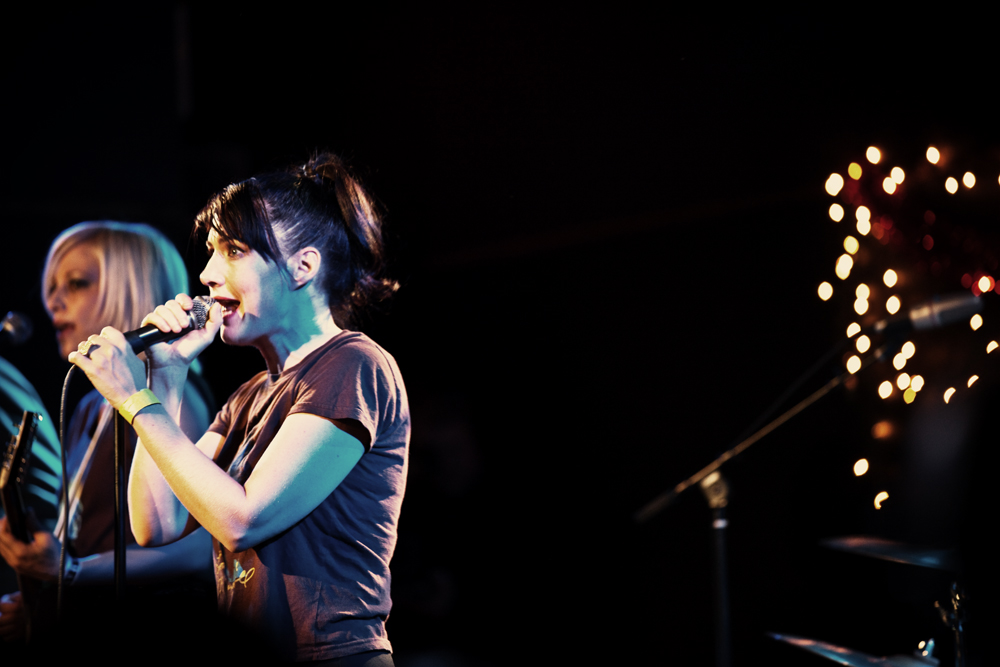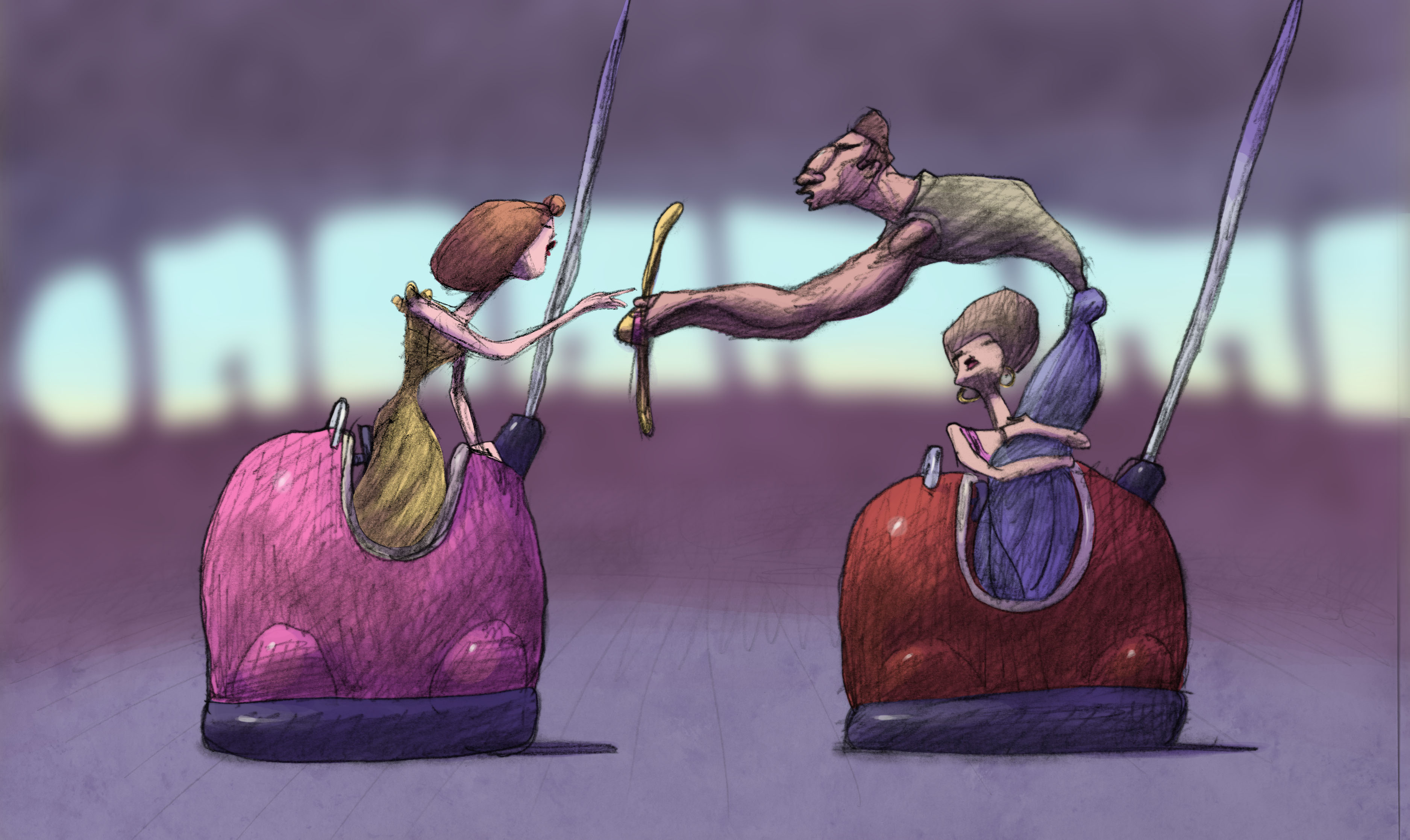Friday, Feb. 20
David Axelrod
You know that the 2016 presidential campaign has begun when consultants from the last two go-rounds begin publishing their tell-alls. (Partly the motive is learn-from-my-advice, and partly fishing for a job.) Such is the case for journalist-turned-consultant Axelrod, who famously helped send an unknown Illinois state legislator first to the U.S. Senate and then to the White House. Back in Chicago now, Axelrod has plenty of friendly, intimate tales about Barack Obama in Believer: My Forty Years in Politics (Penguin Random House), though I think it’s the future lessons that’ll draw most voters to hear him speak. Washington state will tip blue no matter who tops the ticket (likely Hillary), but how can that candidate beat the insurgent red tide? Does Axe have any pertinent advice to offer for the next election? (Former KUOW host Steve Scher has the onstage job tonight of eliciting his wisdom.) Believer lauds the power of idealism and ideological purity: Obama beat Clinton in ’08 because he seemed more pure; he’d voted against the Iraq War, which she supported. And there were more strikes and scandals associated with her (shared) name during the ’90s—Whitewater and Troopergate, etc. Obama was by contrast a blank slate, maybe the last time we’ll ever see such an unsullied resume glide into the Oval Office. A gifted writer (like his pupil), Axelrod is all about the message—what we in journalism call the sell copy. But the purity of the message must eventually give way to the dirty business of governing, and that will be the next great challenge for the leader of Axelrod’s party. Town Hall, 1119 Eighth Ave., 652-4255, townhallseattle.org. $38.05 (incudes book, admits two). 7:30 p.m.
BRIAN MILLER
GoodFellas
Martin Scorsese’s violent, funny 1990 mob opus is oddly running as part of a noir series (The Maltese Falcon, playing concurrently, is a better fit), but let’s not quibble about the categories. As we learn from the perspective of apprentice mobster Henry Hill (Ray Liotta), the source for Nicholas Pileggi’s nonfiction source book, the Irish hoodlum Jimmy Conway (Robert De Niro) can never be a made man, unlike the volatile Sicilian-blooded Tommy (Joe Pesci). Perhaps because of this ethnic exclusion, Jimmy is one cold bastard. After his crew makes a huge score with an airport robbery, the other mooks start buying cars and minks. To protect their secret (and enlarge his share), Jimmy starts killing off his old compadres without compunction. Henry can’t believe it—Is there no honor among thieves?—and soon becomes a target himself. The closer Henry gets to his old mentor and the center of the mob, the more he apprehends the danger in what seemed such a glamorous, loyal fraternity. Jimmy’s credo goes like this: “Never rat on your friends, and always keep your mouth shut.” And if you cross him, he’ll kill you. Yet Conway has his sentimental streak—GoodFellas is one of the rare films in which De Niro cries—though Pesci’s sociopath doesn’t deserve his tears. (Through Mon.) Central Cinema, 1411 21st Ave., 686-6684, central-cinema.com. $7–$9. 9:30 p.m.
BRIAN MILLER
Saturday, Feb. 21
Semele
Handel’s 1743 opera Semele—based on the myth of a mortal seduced by Jupiter,who pays a price when she ambitiously asks to see the god in his full splendor—is proving catnip to Seattle Opera’s creative team. Tomer Zvulun’s production promises “a goddess with winged heels and fingertips that shoot lasers, a god whose vast cloak shines with all the constellations of the night sky, and a nymph emerging from a giant clamshell.” There’ll be vocal fireworks, too, with Stephanie Blythe taking the role of Juno; an incomparable Fricka in SO’s Ring cycles, she pretty much nails the jealous-goddess thing. Gary Thor Wedow conducts; sung in English with English supertitles. (Through March 7.) McCaw Hall, 321 Mercer St. (Seattle Center),
389-7676, seattleopera.org. $25 and up. 7:30 p.m.
GAVIN BORCHERT
Terminal: On Mortality and Beauty
February is the cruelest month. With such an early spring (or an absence of winter), the trees budding and flowers blossoming, it’s hard to think about death—yet here it is, staring us in the face. The morbid subject of this group show unites disparate photographers including Sylvia Plachy, Joel-Peter Witkin, David Wojnarowicz, and (closer to home) Robert Adams and Isaac Layman. There are no dead bodies (though one mummy), yet images of illness and decay abound. Animal carcasses prove irresistible subjects, and Catherine Chalmers actually creates some interesting scenes with dead cockroaches. (Eeew!) Corpses being static, early photography—when exposures took minutes, not seconds—often memorialized the dead. Here, in this contemporary selection of 16 postwar artists and 43 images, death is more conceptual than personal. Old dogs, taxidermy animals, and even the tinfoil remnants from some cooked salmon—this courtesy of Seattle artist Layman—make one think about our animal kinship with the natural world. Our furry and feathered cousins are interred with less respect (see Richard Misrach’s desert burial pit), though how we treat their remains—or photograph them—here seems a kind of rehearsal for human rites. (Through April 4.). Photo Center NW, 900 12th Ave., 720-7222, pcnw.org. Free. Noon–9 p.m.
BRIAN MILLER
Tuesday, Feb. 24
Blowing Up Cinema: The Art of Michelangelo Antonioni
Northwest Film Forum is co-presenting this five-film retrospective, running Tuesday nights through March 24. Beginning the series is Blow-Up (1966), Antonioni’s first film in English. Apart from the accessibility of the language, what made it a huge international hit was its crystalization of diffuse mid-’60s moods: free love and sexual liberation (e.g., the famous photo session with David Hemmings and Veruschka), rock and roll (cue the Yardbirds), Carnaby Street fashions (enter Vanessa Redgrave), and the youthful suspicion that a crime was being committed by an older generation, yet no one was being held to account. That latter point is essentially the Vietnam War, which supplies the implicit political context as Thomas (Hemmings) tries to investigate a crime he thinks he inadvertently captured in a park photo. Did the murder even happen? Does it even exist if there’s no witness, no documentation? Blow-Up has its epistemological component, with echoes of L’Avventura, though this quest for truth is more a trip to the funhouse. Thomas steps into a hall of mirrors where nothing is what it seems. If earlier works by Antonioni (1912–2007) were more starkly existential, Blow-Up has an almost playful, riddling quality. Like that famous tennis ball, Thomas bounces along, propelled by forces beyond his ken, until he finally enters the mystery of modern life. Following titles in the series are La Notte, L’eclisse, Red Desert, and The Passenger. Seattle Art Museum, 1300 First Ave., 267-5380, nwfilmforum.org. $8–$12 individual, $35–$54 series. 7:30 p.m.
